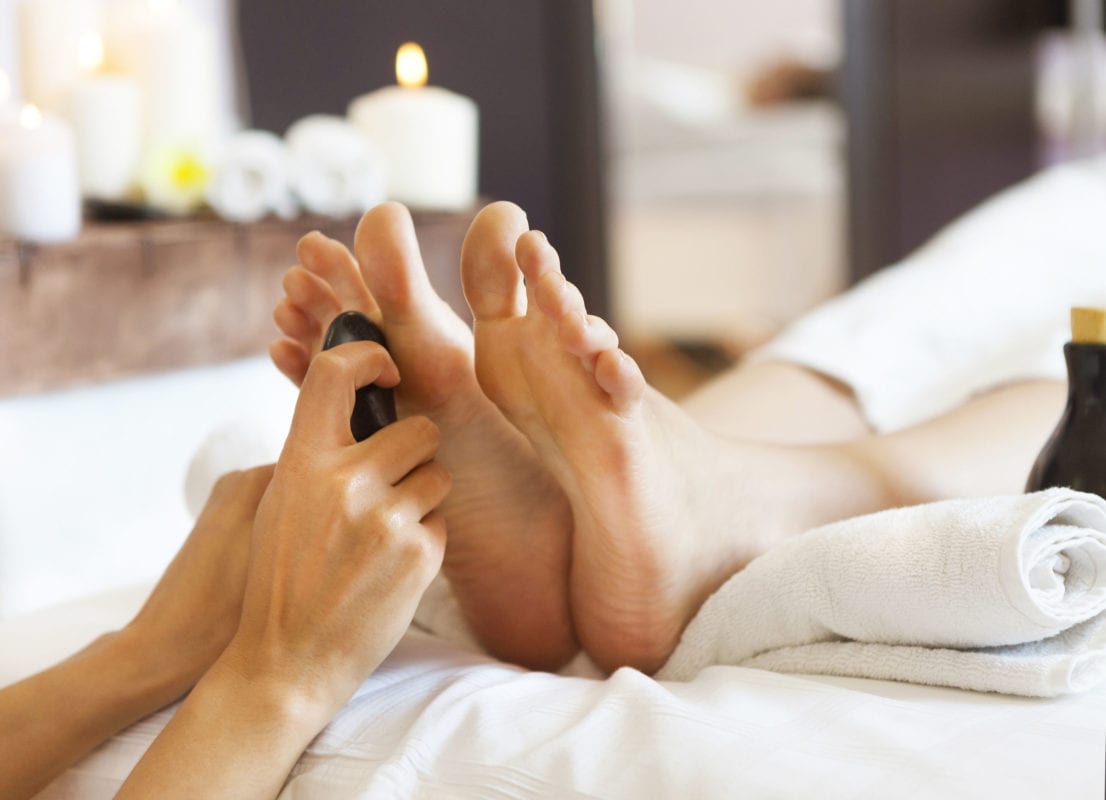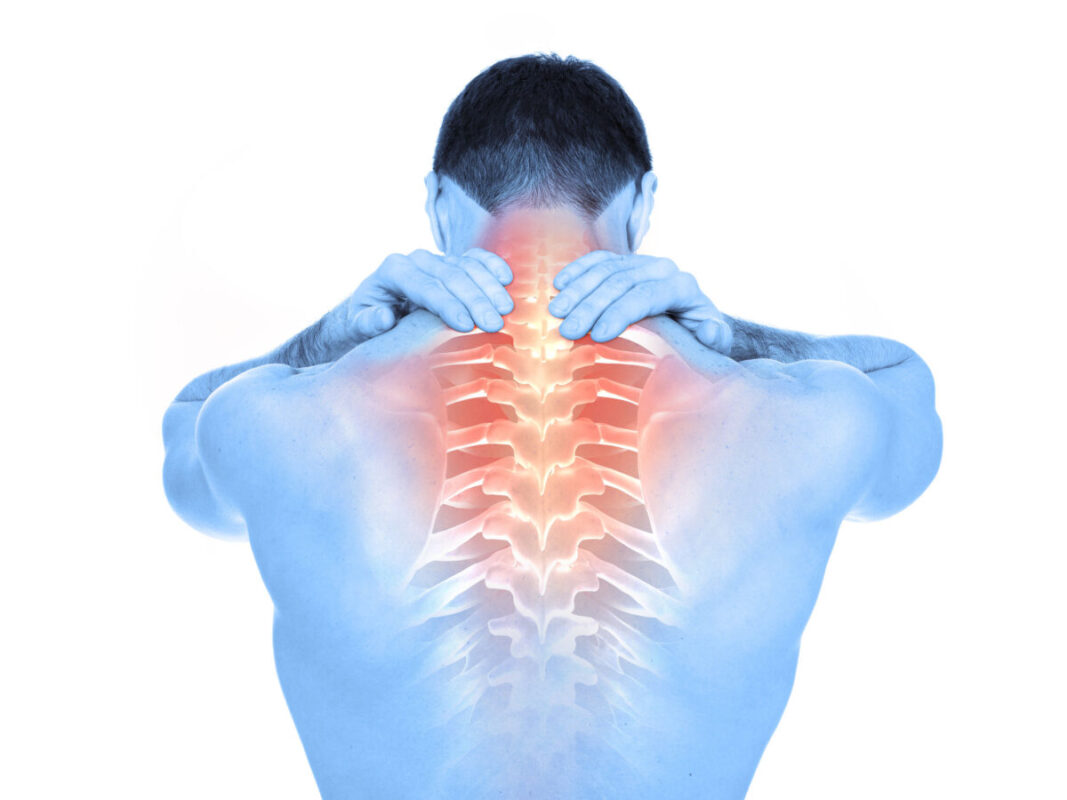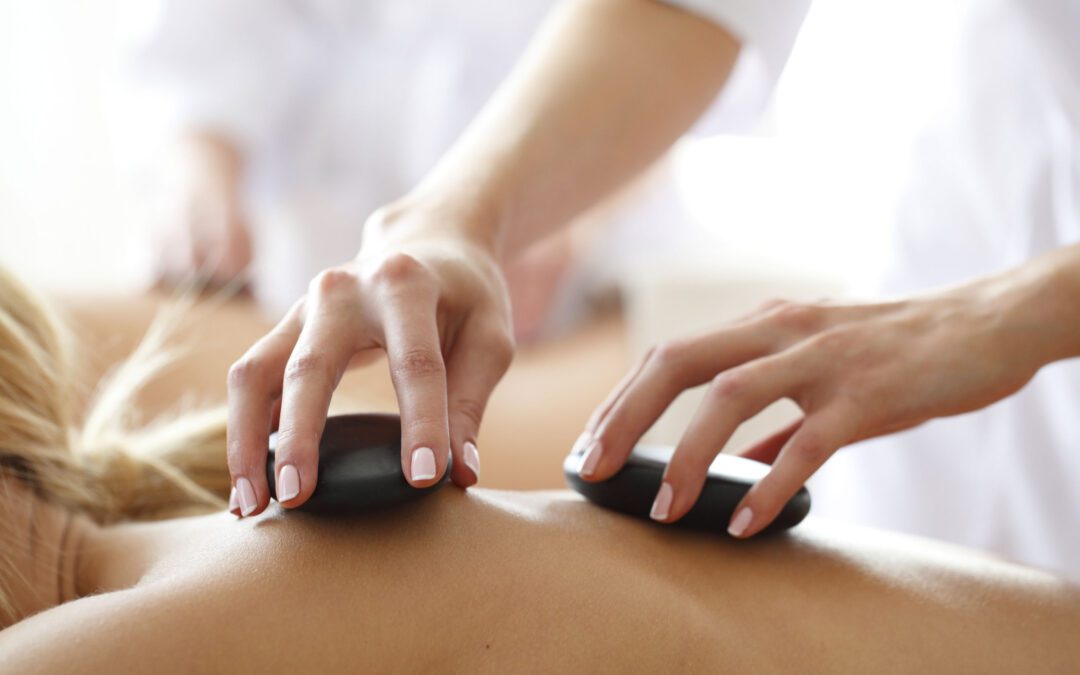By Emma Stuart BSc (Hons)
Sports Therapy, Core Elements Training Course Tutor
Hot Stones within Sports and Massage Therapy:
What are Hot Stones?
The use of hot stones for a range of condition dates back thousands of years and can be found in several different cultures. For instance, within Hindu culture the use of hot stones dates back 5000 years where it’s documented that Hindus practiced the use of hot stones in India for a range of conditions. China has also recorded use of hot stone placement to the abdomen to aid digestion over 3000 years ago. Use is seen across the world with, Hawaii, Russia, America, Japan, Egypt and Europe all reporting the use of hot stones for restoration and healing purposes throughout history. One of the key reasons why ‘hot’ stones are used for therapeutic purposes is due to their ability to retain heat and to allow the practitioner to apply both heat and pressure to the body, so that muscular related tension is eased.
The stones used within hot stone therapy are natural volcanic basalt, and therefore retain the heat longer than other types of stones.
Why use Hot Stones within Sports Massage Therapy?
Even when used in sports massage context, its relaxing and stress relieving. The heat produces endorphins, which open blood vessels leading to increased blood circulation, increased lymph flow allowing toxins and waste products to flush out, whilst educing DOMS (delayed onset muscle soreness) caused by sport or exercise. These benefits can also help to reduce recover time from sport or exercise.
From a therapist perspective you can produce a deeper and smoother pressure with the stones, which helps to decreasing muscle tension and pain without increasing client discomfort and without increased pressure on your own hands and body.
By combining massage with thermotherapy one stroke with a hot stone is believed to be equivalent to 10 hand massage strokes.

Where do the stones go?
Hot stones kits provide an array of different sized stone. Smaller stones are great for placement between fingers and toes, which are great for helping to reduce tension or pain in these areas (especially nice for anyone suffering from joint pain in these areas).
Additionally, in areas of pain or chronic inflammation, a hot stone can be wrapped in a cloth or towel and placed over the area prior to massage. This is also great for areas such as the shoulders or glutes, as it can help to reduce superficial tension.
For the most part, stones will be held in the palm of the hand, whilst the therapist performs a range of massage techniques over the treatment area, and smaller stones are great for the treatment of tigger points, as they help to reduce client discomfort, whilst applying heaver pressure.
Some Key Benefits Include:
Though more research is required in this area Hot Stones have a wide range of benefits and effects.
Relaxing, decreases feelings of anxiety and stress – Hot stones have appositive effect on the nervous system, activating the parasympathetic nervous system, and aiding production of endorphins and serotonin.
Aids sleep – A study on patients undergoing haemodialysis showed that hot stone massage improved quality of sleep for those receiving hot stone massage (1).
Hot stones have been shown to increase venous flow and decrease blood resistance in arteries and blood pressure (5).
Increases removal of toxins and decreases DOMS by increasing blood, oxygen, and lymphatic circulation, especially when used in conjunction with cold therapy as well. Contrast therapy has been recommended as an effective treatment for pain (8).
Reduces pain and tension – Studies have shown positive effects on perception of both musculoskeletal and fibromyalgia (2). In some cultures, hot stones are used to assist with the pain of childbirth (3). Hot stones have been used to decrease lower back pain and improve range of motion.
Helps with long term pain conditions and decreases muscular tension and painful spasms (5).
Boosts immune system and used alongside cancer therapies – Research indicates hot stones therapy can alleviate side effects of oncology treatment and palliative care (4), reducing pain, nausea and fatigue. Studies have also shown increases in killer T-cell production from regular hot stone massage and concluded that it provides a stimulatory effect to the immune system (7).
Increased depth of treatment, so less force and pressure felt by client and less work needed by the hands of the therapist.




Other Stones used within Sport and Massage Therapy
Cold Stone Therapy:
Cold Stones can also be used within Sports Massage Therapy.
When applied to tissues, cold stones can also reduce muscle spasms, decrease pain, and irritation, whilst boosting circulation and providing natural oxygenation to tissue cells. As such they are great for use on area of chronic inflammation.
Contrast therapy:
Finally, both hot and cold stones can be used simultaneously within sports and massage therapy, as they help to increase circulation through blood shunting (vasodilation and vasoconstriction). Alternating hot and cold increase nutrients and oxygen to the cell, and more effective removal of toxins. Blood shunting can also trigger relaxation within muscle tissue due to the changes in blood flow and the application of heat.
Who says a sports massage can’t be relaxing?


By Emma Stuart BSc Sports Therapy & Core Elements Training course Tutor
Core Elements Training offers a day CPD short course in Hot Stones for Sports Massage at our training centre in Swindon, Wiltshire. This course is also available as Live Online delivery.
If you’d like to more about our accredited CPD short course please Click Here
References:
- Ghavami, H., Shamsi, S.A., Abdollahpoor, B., Radfar, M. and Khalkhali, H.R., 2019. Impact of hot stone massage therapy on sleep quality in patients on maintenance hemodialysis: A randomized controlled trial. Journal of research in medical sciences: the official journal of Isfahan University of Medical Sciences, 24.
- Ramova, E.P., 2020. Volcanic Stone Massage and its Benefits.
- Bruder, L., 2022. Hot Stone Massage: A Three Dimensional Approach. Jones & Bartlett Learning.
- Parot-Monpetit, A., Mironnet, S. and Monpetit, E., 2015. Hot stone therapy in palliative care.
- Szczuka¹, E., Gruszka, K., Awdankiewicz, M. and Sobiech, K.A., Petrographic and thermal image analysis of volcanic stones used for massage.
- Radziejowski, P., 2018. Hot stone massage therapy-mechanisms of the influence on the human organism of selected methods of use. Journal of Education, Health and Sport, 8(5), pp.335-348.
- So, C.S., Sarath, J.V., Giolli, R.A. and Gollapudi, S., 2008. The effect of thermal massage on human T-Lymphocyte and natural killer cell function. Internet J Altern Med, 6, pp.4-23.
- Nadler, S.F., Weingand, K. and Kruse, R.J., 2004. The physiologic basis and clinical applications of cryotherapy and thermotherapy for the pain practitioner. Pain physician, 7(3), p.395.

